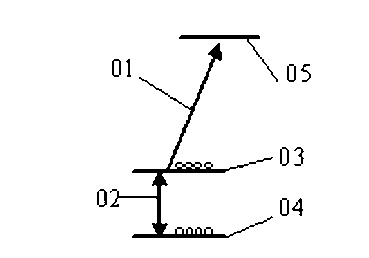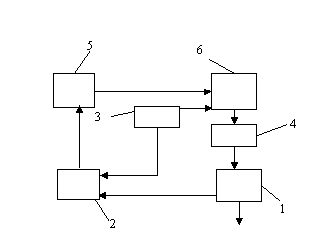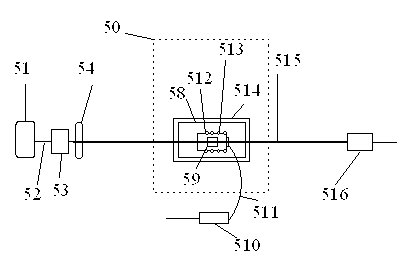Rubidium atomic clock with high contrast ratio frequency discrimination signal
A high-contrast, rubidium atomic clock technology, applied to instruments using atomic clocks, etc., can solve problems affecting the performance of atomic clocks, achieve the effects of improving detection sensitivity, improving stability, and reducing noise
- Summary
- Abstract
- Description
- Claims
- Application Information
AI Technical Summary
Problems solved by technology
Method used
Image
Examples
Embodiment Construction
[0024] The present invention will be further described below in conjunction with the embodiments and accompanying drawings, but the protection scope of the present invention should not be limited thereby.
[0025] see first figure 2 , figure 2 is the loop diagram of an atomic clock. As can be seen from the figure, the composition of the present invention includes a controlled crystal oscillator 1, a frequency multiplier synthesizer 2, a modulation oscillator 3, a DC amplifier 4, a quantum system 5 and a phase detector 6, and the connection relationship of the above-mentioned components is as follows:
[0026] The input terminal of the controlled crystal oscillator 1 is connected to the output terminal of the DC amplifier 4, the first output terminal of the controlled crystal oscillator 1 provides a standard frequency output, and the second output terminal of the controlled crystal oscillator 1 is connected to the The first input terminal of described frequency multiplier s...
PUM
 Login to View More
Login to View More Abstract
Description
Claims
Application Information
 Login to View More
Login to View More - R&D
- Intellectual Property
- Life Sciences
- Materials
- Tech Scout
- Unparalleled Data Quality
- Higher Quality Content
- 60% Fewer Hallucinations
Browse by: Latest US Patents, China's latest patents, Technical Efficacy Thesaurus, Application Domain, Technology Topic, Popular Technical Reports.
© 2025 PatSnap. All rights reserved.Legal|Privacy policy|Modern Slavery Act Transparency Statement|Sitemap|About US| Contact US: help@patsnap.com



